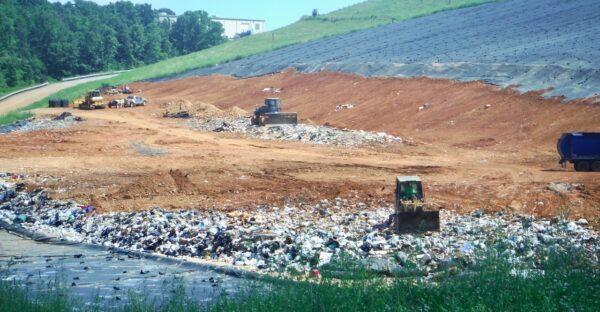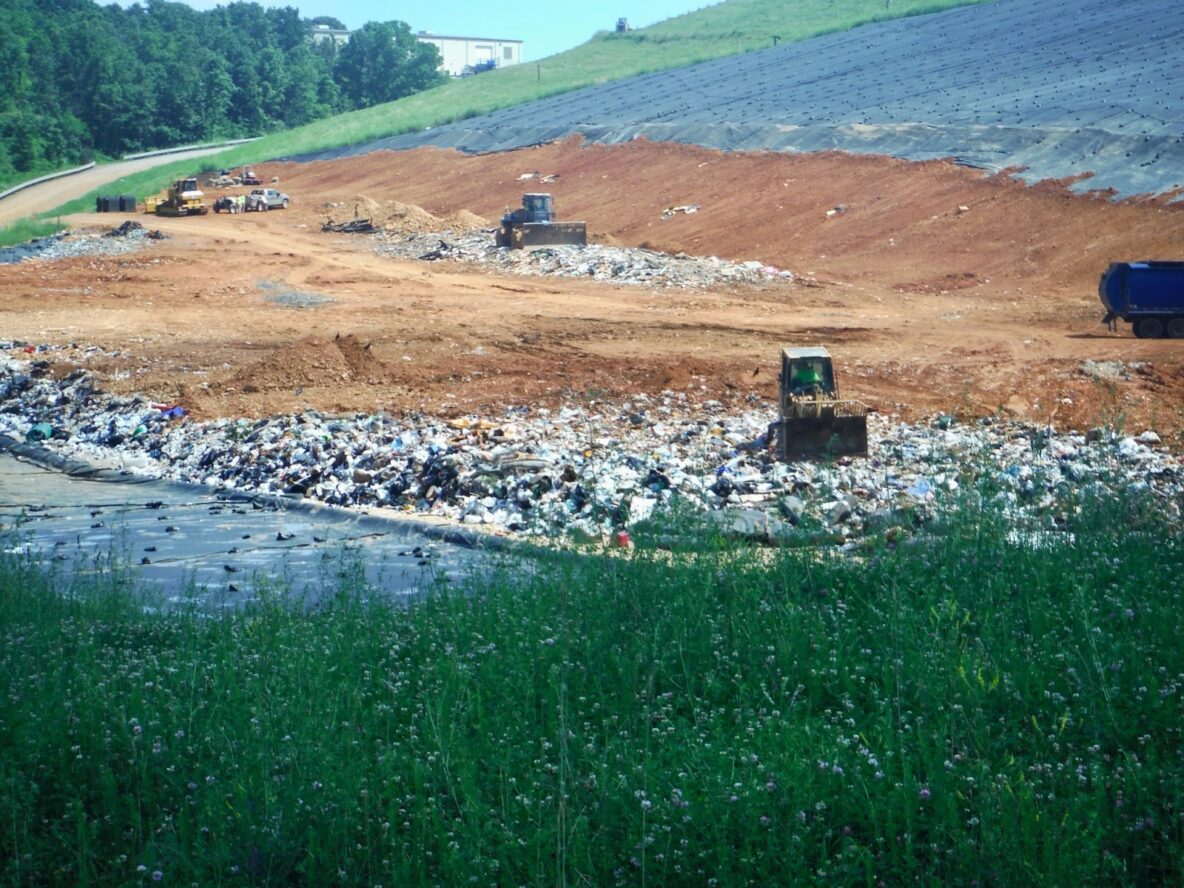
Last week we heard from Phyllis Fevrier about the tiny chefs in our compost pile and treating your pile like a habitat. This week we wanted to build on Phyllis’ post with some more specifics.
Phyllis wrote about the importance of keeping a balance of greens and browns in your compost pile because greens provide nitrogen and browns provide carbon, which are both things decomposers need. She also mentioned incorporating air into the pile. Air is vital in your compost pile, and is the biggest difference between your compost and the food in the landfill.
Bacteria play a large role in breaking down your food scraps, and the bacteria that do that job in a well-maintained compost pile are aerobic, which means that they require air to live. Aerobic bacteria take in oxygen and give off carbon dioxide (CO2), just like humans. They and other decomposers digest our scraps, in the process turning them into compost.
The kind of bacteria that survive in the packed, airless environment of a landfill are anaerobic, which means that they don’t need oxygen to survive. Instead of emitting CO2 in the decomposition process, these bacteria release methane. Methane is a greenhouse gas that ton for ton is far more harmful to the environment than CO2 because it is capable of trapping heat in our atmosphere much more intensely. Want to learn more? Check out our landfill/food waste FAQ webpage.
We might also mention that food decomposing in an airless environment is also a way stinkier, slimier, and all around grosser operation than food decomposing in an environment with sufficient oxygen. In sum, a big hoorah for aerobic bacteria – and for your backyard, aerobic composting.
So how do you keep your compost from turning into a miniature backyard landfill? Aerate Aerate Aerate!
There are two ways to do this:
First, keep that 1:3 ratio of greens to browns that Phyllis recommended. Putting three times as much brown stuff like dead leaves and cardboard as you do green stuff like the contents of your kitchen pail not only keeps a balance of nitrogen to carbon, it also gives your compost pile a nice airy structure. Layers of dry, larger items in between those of moist, compacted greens allow pockets of air to remain in your pile: a healthy habitat for microbes.
Second, stick a pitchfork in there! Stabbing your compost pile with a pitchfork, a shovel, or even just a large stick and rocking it back and forth introduces fresh air to your decomposers, without disrupting the layers you’ve made by stacking your greens and browns. Feel free to leave the lid off of your composter for a while, too, unless there’s heavy rain in the forecast or you’re apprehensive about attracting critters.
Next week we’ll be back with a post about the amazing benefits of compost. Until then, happy composting!

